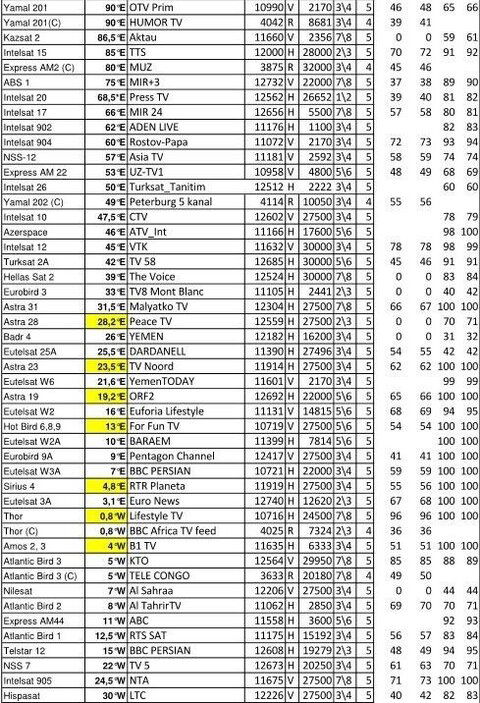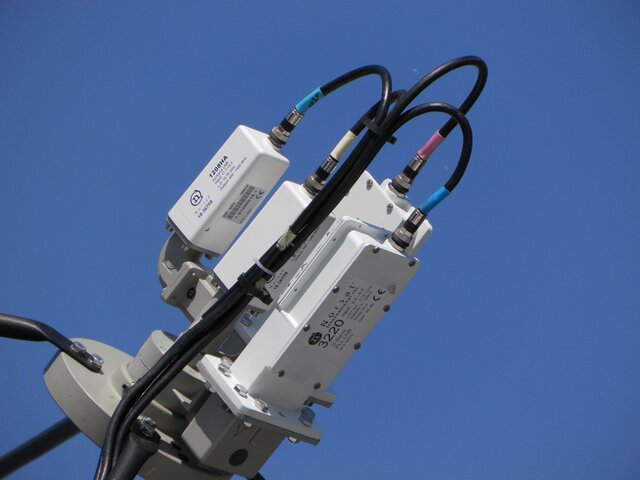.
Reports vary widely on performance of dual band lnbfs.
C band will be compromised a little, compared to C-only lnbfs, but maybe not that badly.
Reports of Ku performance is all over the place:
.
- At one time, I thought it might have to do with dish size, which nobody reports.
.
- I'm pretty sure dish accuracy at Ku is a big factor, with spun aluminum and molded solids (ChannelMaster) taking the lead over sloppy mesh.
.
- A proven component is critical alignment accuracy, which will vary from member to member.
That is compounded by the fact that C/Ku lnbfs really don't see the entire dish (only just the center, if you are lucky).
.
So, if anyone is interested in experimenting, I propose the following test:
.
Compare a dual band lnbf against a side-mounted Ku lnbf with a proper scaler that sees the entire disk.
Put the Ku scalar beside the C band scalar, or inside it.
?You decide which to put on bore sight, or to offset each a little bit.
.
SatelliteAV sells a suitable Ku lnbf, or put the lnb of your choice on an Invacom AF-120 Ku feedhorn.
?Yes, That means moving the dish to get both bands from a single bird.
.
But if this should prove better than dual band lnbfs, it's well worth the effort.
?.
.
Reports vary widely on performance of dual band lnbfs.
C band will be compromised a little, compared to C-only lnbfs, but maybe not that badly.
Reports of Ku performance is all over the place:
.
- At one time, I thought it might have to do with dish size, which nobody reports.
.
- I'm pretty sure dish accuracy at Ku is a big factor, with spun aluminum and molded solids (ChannelMaster) taking the lead over sloppy mesh.
.
- A proven component is critical alignment accuracy, which will vary from member to member.
That is compounded by the fact that C/Ku lnbfs really don't see the entire dish (only just the center, if you are lucky).
.
So, if anyone is interested in experimenting, I propose the following test:
.
Compare a dual band lnbf against a side-mounted Ku lnbf with a proper scaler that sees the entire disk.
Put the Ku scalar beside the C band scalar, or inside it.
?You decide which to put on bore sight, or to offset each a little bit.
.
SatelliteAV sells a suitable Ku lnbf, or put the lnb of your choice on an Invacom AF-120 Ku feedhorn.
?Yes, That means moving the dish to get both bands from a single bird.
.
But if this should prove better than dual band lnbfs, it's well worth the effort.
?.
.




